|
We had a great weekend meeting new customers and promoting our farm at the International Plowing Match and the Harvest Home Festival. And our honey was very popular at both locations! This week will bring the harvesting of the remainder of our potatoes and we will be collecting soil samples for soil testing. We test our soils bi-annually to assess nutrient levels and to ensure our practices and amendments are benefiting the soil (and, therefore, the crops). From this point on, you will receive winter squash in your weekly shares. It's pretty much impossible for me to choose a favourite vegetable but winter squash are firmly in my top 10 list. I love their rich, sweet taste and their ease of preparation. Just slice in half and roast and then serve with spread with butter or coconut oil and sprinkle with sea salt, pepper, and perhaps some cinnamon. We grow a few unusual varieties so I thought I would take this blog to profile each variety. That way, as you try new squash each week, you can bookmark this page for ideas on how to use each type. Acorn squash are one of the first squash you will receive because they are one of the few squash that have fully developed flavour at the time of harvest. Because of their thick, ridged skin, acorn's are used almost exclusively as a side dish. I cut in half, rub the flesh with olive oil, sprinkle with salt, and place cut side down on a baking sheet. Bake for 35 - 40 minutes at 375 degrees. When cooked I may cut into smaller slices, depending on the size of the squash and serve as is. Occasionally we drizzle a mixture of melted coconut oil, maple syrup, and cinnamon over the top. Acorns will store for 3 - 4 months. The earliest maturing winter squash, everyone has received a spaghetti squash in their shares already. As their name suggests, the flesh of spaghetti squash separates into spaghetti-like strands once cooked. Like acorns, these squash have fully developed flavour at harvest so you will see these early on in your shares. Spaghetti squash will store for 4 - 6 months. I'm sure everyone is familiar with the classic pie pumpkin. Pie pumpkins will be included in your shares in the pickup prior to Thanksgiving weekend. But don't think you have to make a pie with these! I use them for soups, muffins, and scones. To prepare, break off the stem and cut in half. Scoop out the seeds (toast these for a tasty snack) and place cut side down on a baking sheet. I sometimes put 3 - 4 tbsp of water on the baking sheet to help the pumpkin to cook quickly. After about 35 - 40 minutes at 375 degrees the pumpkin should be soft. I let cool completely before scooping out the flesh. I may use some immediately and the rest I puree and freeze in ziploc bags for quick soups and muffins in the winter. Pie pumpkins will store for 2 - 3 months. Another familiar choice, the butternut squash is very popular with our share members. Butternuts store longer than most other squash (6+ months) and have the mildest flavour. Since butternuts do not fully develop their flavour until after a few weeks of storage, you will see these appear in shares in mid-October onward. The thick skin is not edible but is relatively easy to peel. I cut in half horizontally just above the bottom bulge. I then stand each half upright on my cutting board and peel from top to bottom with a large chef's knife. Classically used in soups and risottos, butternut squash can also be a nice replacement for pie pumpkins in many recipes. Delicata squash (sometime called 'sweet potato squash') are the sweetest of the squash we grow. They are also the smallest and easiest to cut so are a good choice for those that don't think they can eat an entire larger squash. If I really have to choose, these are one of my favourite squash. Because of their sweetness and size, I often eat these as a mid-morning snack when I would otherwise turn to a baked good of some sort. I cut in half length-wise, scoop out the seeds, and then cut into half moons. I then rub with coconut oil and sprinkle with salt and cinnamon. Roast at 400 degrees for 15 - 25 minutes, flipping half way through. Watch these closely because their high sugar content makes them quick to burn. The skin softens with cooking and is edible. Delicata store for 4 - 6 months. Many people will mistake these red kuri squash for pie pumpkins at first glance. But on a closer look you will see that they are a tear drop shape (often not sitting flat) and have a short, corky stem. The red kuri squash grow in quite a variety of sizes so it's not unusual to get some extremely large specimens as well as some hardly bigger than a softball! When making squash soup, I always use a red kuri for two reasons. First, red kuri squash have the richest flavoured and meatiest flesh of all the squash. This means a rich, flavourful, thick soup. You hardly need to add anything but a onion, a little salt, broth, and maybe some red chili flakes or a splash of coconut milk. The second reason is that the skin is thin and entirely edible. I chop in half, scoop out the seeds, and then cut into 1" chunks. When blended, you wouldn't even know the skin is there. Red kuri will store for 4 - 6 months. This funny looking pumpkin is called Black Futsu and is a rare Japanese variety. New to us this year, I chose it entirely for its funky appearance. The skin is warty and cures to a rich chestnut colour with a frosted overtone. While the seed catalogue assured me that it is tasty cooked or even raw, I can't speak from personal experience. Since we only grew a few plants as a trial, there isn't one for everyone but a few intrepid share members can give it a try in the later weeks once it's cured (and I've had a chance to experiment with it).
We are now in the throes of harvest season! Most of the onions were pulled from the fields several weeks ago but the last white onions just came out this week. And we started both the winter squash and potato harvests last week and will continue this week until done. When we add these harvests to the regular CSA harvests and the PLENTIFUL tomatoes, we are spending a lot of time removing a lot of vegetables from the fields. It is one of my favourite times if the year as I love to see an entirety of a harvest sitting in front of me. It reminds me why we do what we do. As I've mentioned before, we have had the best onion harvest ever this year. Let's look at the harvest numbers. In 2015, we harvested 105 kilograms (230 lbs) of storage onions which were grown on 5 beds that are 100' long. This doesn't include the green onions we harvested (approximately 250 bunches) or the fresh white onions (approximately 30kg). This year, we harvested 700kg (1500lbs) of storage onions which were grown on 8 beds that are 100' long. In addition, we harvested 500+ bunches of green onions and about 120kg of red and white onions that were given out fresh. As you can see from those numbers, we have had a major increase in onion production this year! Needless to say, you will be seeing plentiful onions in your CSA shares going forward. Our winter squash harvest is also looking very promising. So far, we have harvested the acorn and spaghetti squash as well as our pie pumpkins. With these alone, we have 50% more than needed to fill our CSA shares at the quantity that I had planned (1 for small and 2 for large for the last 5 weeks). We still have to harvest the butternut, red kuri, and delicata squash so I think you can expect plentiful squash as well! I will probably start including squash a week earlier than planned and increase quantities, especially as we draw near the end of the season. Some of you may be concerned you won't be able to eat all the onions and squash in a timely manner, but don't worry! When you receive these crops they will have been cured for storage so will easily last 3 - 6 months if stored properly. Like a squirrel, you can create a nice little stock pile for the winter! Onions like to be stored at 5 - 10 degrees but will store for several months at higher temps. A closet, mudroom, or cool basement are ideal locations to tuck these away. Squash like to be stored at 18 - 20 degrees so a shelf in a pantry or closet works perfectly. We have also just barely started our potato harvest. It's too soon to know for sure, but it looks like it will be a small harvest this year. In talking with other area farmers, this seems to be the reality of the 2016 potato harvest in our area. Potatoes love lots of moisture and warm, but not hot, weather. So it's no surprise that the harvest is lower. We will have potatoes in shares from this week forward but they will probably be in lower quantities than normal. You will also notice that your potatoes are no longer washed - once we harvest them for storage we do not wash as this decreases storage life. The tomatoes are still plentiful and the peppers are finely deciding to ripen in any quantity. You will be enjoying these summer fruits for a few more weeks in the shares as well. Join us this weekend at two special events! On Saturday, we will have a booth at the International Plowing Match in Harriston. And on Sunday, we will be selling our wares at the Harvest Home Festival at the Wellington County Museum and Archives in Fergus. Both events have lots of activities and sights for young and old alike! In an effort to use up our tomatoes, I have spent this past weekend canning salsa, freezing chopped tomatoes, and dehydrating cherry tomatoes. The dried cherry tomatoes are perfect additions to a winter salad. If you are unsure how to use all the tomatoes in your share, Martha Stewart comes to the rescue! You can find a great variety of tomato recipes here.
I'm going to call this year 'The Year of the Tomato' (which sounds more positive than 'The Year of the Drought'). Our tomato plants are literally dripping with ripe tomatoes so everyone will be receiving double the quantity of tomatoes this week as compared to last. Pull out all your tomato recipes! The small shares will receive 1kg of tomatoes and the large will receive 2kg. If you wish to trade some in, 500g is the trade-in amount (I will put signage out to remind you of this...). For those of you who follow us on facebook or instagram, you will know that last week was an exciting week for us. We officially received our certified organic status on Friday! We made a commitment to farm organically from the very beginning with the intention to pursue certification once the farm had grown to a size that certifying made economic sense. After three full seasons under our belt, we felt that this year was the year to move forward on certification. While maintaining transparent and personal relationships with our customers has always been our primary method of explaining our farming techniques, we felt that certification was a great next step for several reasons. First and foremost, certification provides assurance to new customers who do not know us or our farm that we are farming in an organic manner. Second, certification provides us with official recognition for methods that we were using anyways. And finally, we support the organic movement and want governments of all levels to see the work we are doing. When we are farming organically but not certified, we are not counted in the same way on surveys and the census as a certified organic farm would be. In keeping with this exciting news I thought I would take some time to explain a little more about our certification and the process that we will go through each year to maintain this status. There are several certification organizations across Canada to which we could have applied and after reviewing each option we chose to apply to ProCert's Local Organic program. The Local Organic program is a new certifying program released in 2015 that was specifically designed for small-scale farms with less than 10 acres in vegetable or fruit production. This program is less expensive and has a simplified application and inspection process since both of these areas were identified as reasons why many small scale farms were choosing to forgo certification. Because the Local Organic program is only for vegetable and fruit crops, our animals are not covered under our certification. That said, we will always continue to raise our animals in keeping with the organic standards. As the animal side of our farm grows, we may choose to switch to ProCert's program that covers both plants and animals. All Canadian certifiers are bound by the rules and guidelines outlined in the Canadian Organic Standards, which were just updated in 2015. These rules cover everything from the inputs we use (seeds, soil amendments, cleaning agents, building materials, etc.) to how we manage our fields (tillage type and frequency, cover crops, bare soil, etc.) to how we harvest and store our produce. The first step in the certification process was to send our application to ProCert. In the initial application we had to answer detailed questions regarding our practices on the farm. Not only is the certifier concerned about what we are putting on the land, they also want to see that we have taken significant measures to prevent contamination from surrounding conventional farms. On our farm, we have a planted a spruce and popular windbreak around our entire 10 acres which, when grown, will reduce pesticide drift. We also maintain a required 8 meter buffer zone between our neighbour's land and any of our organic fields. And we have provided written notification to the local municipality indicating that we do not want any spraying done in the ditches along our property. The certifier also wants to make sure that our farming practices are ecologically sound. They want to see that we rotate our crops, use cover crops to rest and rebuild the soil, provide habitat for pollinators and other creatures (such as bird and bat boxes or unmowed ditches and buffer zones), and that we take stringent measures to ensure that we are not polluting waterways. In addition to answering these questions, we also provide the certifier with a map of the farm and all the plots, a 3 year history of each plot, and all our sales and labour records. Another significant component we must provide is a detailed list of all the inputs we use on the farm. Inputs include seeds, soil amendments such as compost or manure, cleaning supplies used on our harvest bins or equipment, and many other items. To back-up this list, we have to include a label or MSDS sheet for each item. Once the application was reviewed by ProCert, they sent an inspector to our farm. He walked the farm with us to ensure that we were meeting the organic standards. After the farm walk, he reviewed the administrative side of the farm. The most significant component of being certified organic is the paper trail we must keep for everything that is done or used on the farm. For example, I keep a daily activity log that tracks exactly what we do each day of the season. I also keep a harvest log which tracks exactly what was harvested each week in precise quantities. All our sales and labour records must be carefully recorded and shown to the inspector each year. Maintaining these sort of records is time consuming and requires that I dedicate several hours each week to administrative tasks, but they also make us better farmers and business owners. While I have always maintained a certain amount of records, I can already see how the detailed records from this year and each subsequent year will help to inform all the decisions we make on the farm. Going forward, we will renew our certification each year in the spring by providing all of the information mentioned above. As the Canadian Organic Standards change and evolve, we must also be willing to change our practices as needed. In your shares this week you will be receiving ground cherries. These cousins of tomatoes were popular last year with many of the members since they make great snacks for lunches (or eating on the way home from share pickup). As their name suggests, ground cherries are harvested once they have fallen onto the ground from the sprawling bushes they grow on. Their flavour is difficult to describe but some people say they have hints of pineapple, vanilla, and tomato all rolled into one.
Ground cherries, similar to tomatillos, are covered in a paper husk. When you pop off the husk, the sweet yellow fruit inside is delicious eaten whole. While you can toss these in salads, like you would cherry tomatoes, most people choose to just eat them as a snack. The drier the husk and the more yellow the fruit, the sweeter it will be. To enjoy your ground cherries at their sweetest, let them sit on at room temperature for a day or two before eating. Happy back-to-school for all those share members who in the midst of fall changes! For us, September often sneaks up on us unawares. Often, we are in the thick of harvesting summer crops and so it doesn't really feel like it's almost time for fall. Plus, since we homeschool the boys, we also lose track of the standard school year. The tomatoes are continuing to do very well and our peppers are just starting to ripen peppers in quantities great enough to include in the shares. I hope to see many more ripe peppers over the next two weeks. We are taking a break from eggplant this week, but they will be back before our first frost stops their production. Instead, our second planting of beans is ready to be picked! This week, I thought I would share some pictures of the animals that call our farm home. The addition of both baby goats (called kids) and baby alpaca (called cria) has made things particularly exciting this spring and summer. We are hoping for baby pigs sometime this year but it's looking like we may have to wait a little while longer yet.
Beans are another one of those quintessential summer crops. Not necessarily nutritional powerhouses, fresh beans still contain good amounts of vitamins A, B1, and B2. Really, you can't go wrong with a vegetable!
While we love beans, other than what I put in the freezer, we only enjoy them for the 6 weeks they are in production in the summer. With beans, simple is best and we eat most of our beans boiled or steamed and then slathered in butter, garlic, and salt. But a second best option for beans is Bean and Potato Salad. Here is my favourite version. |
Archives
February 2020
|

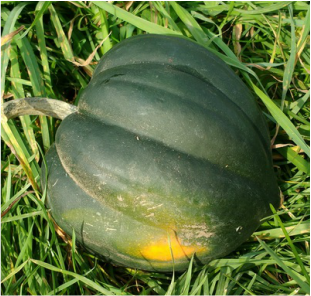



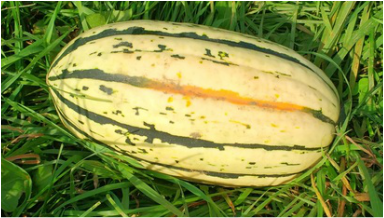

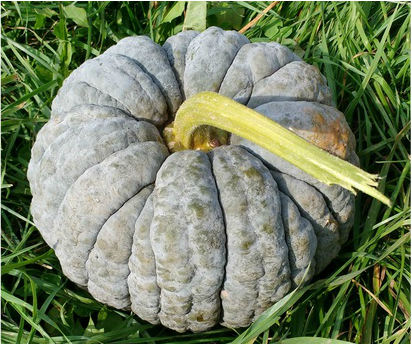
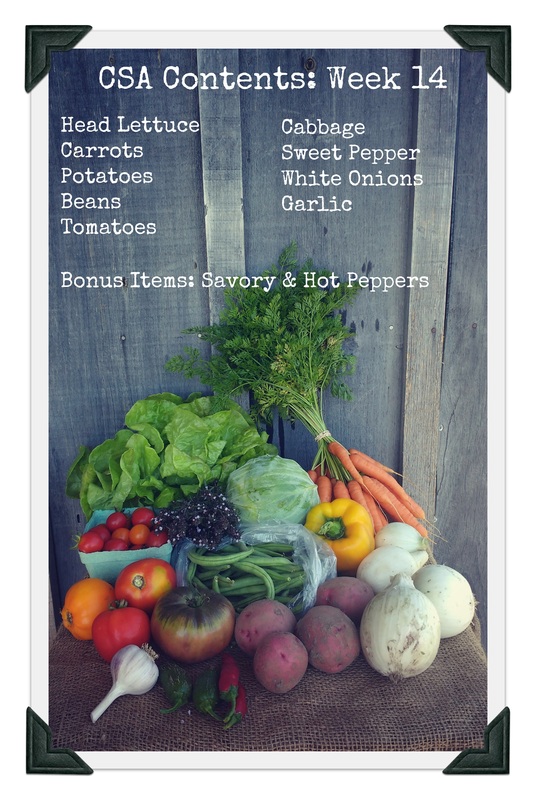
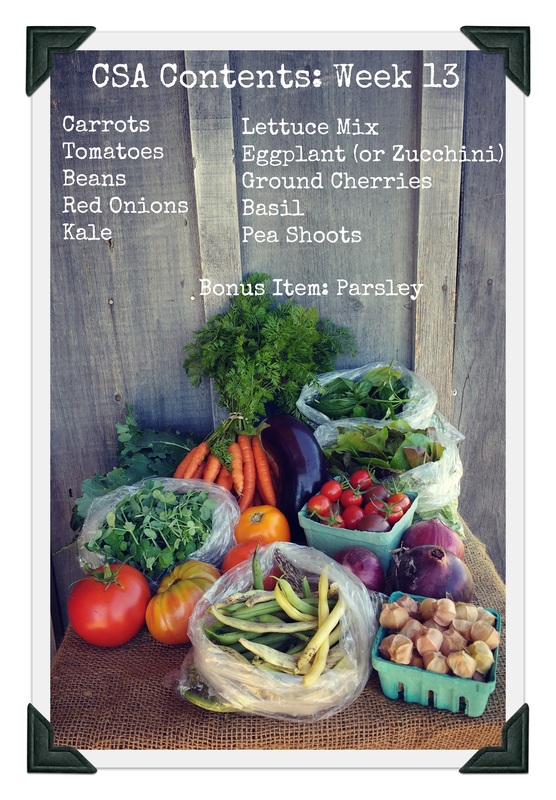
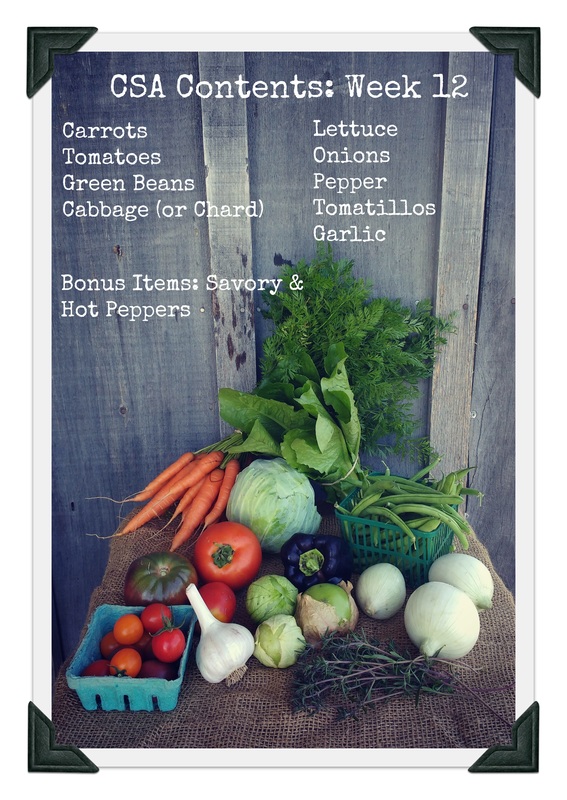

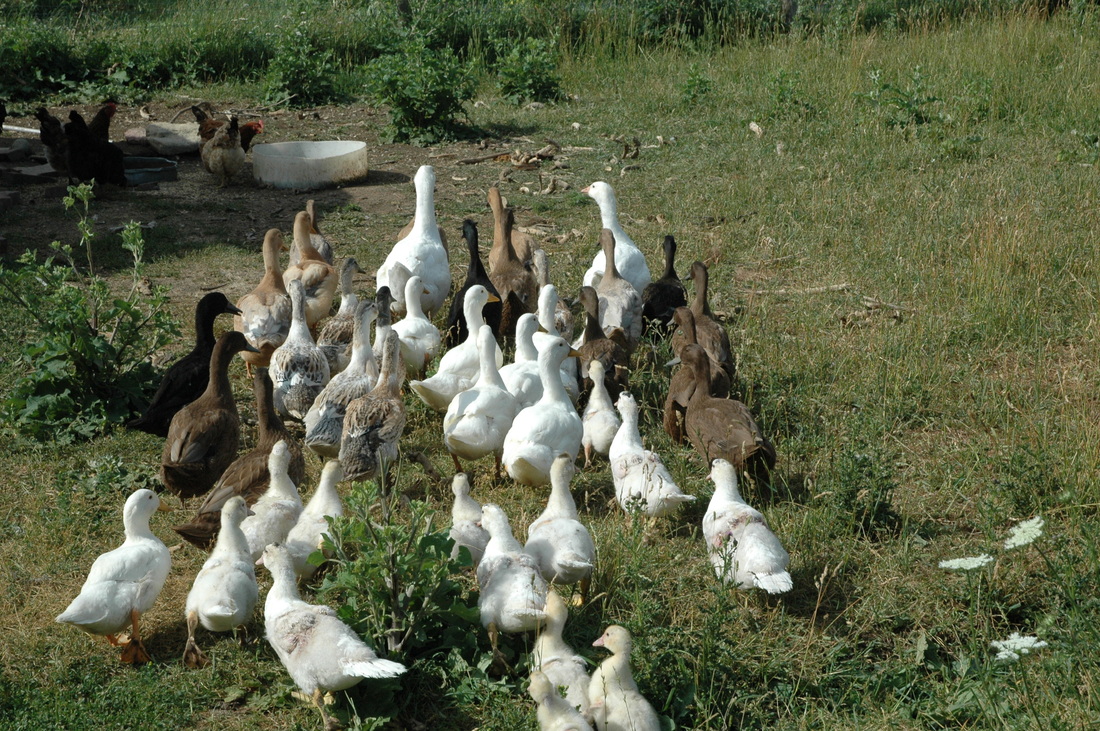

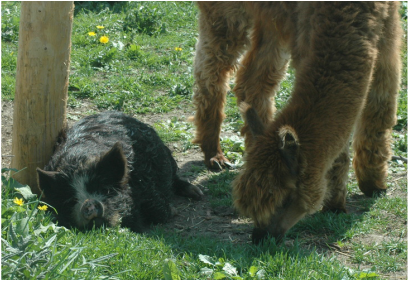
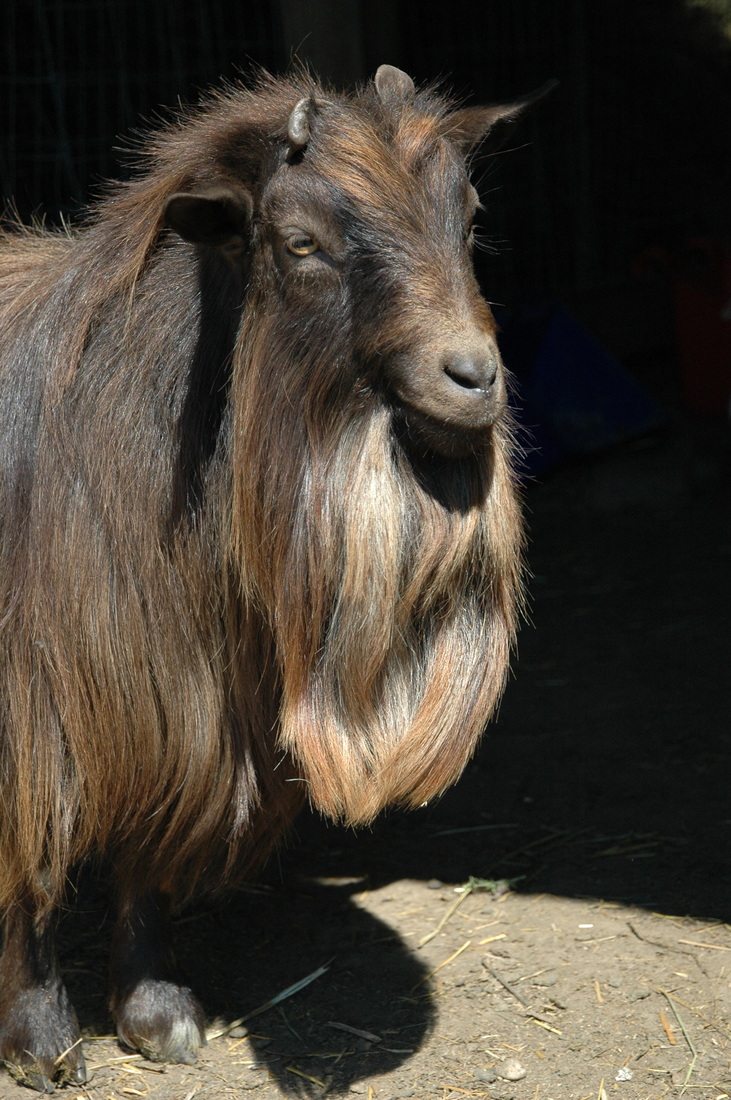


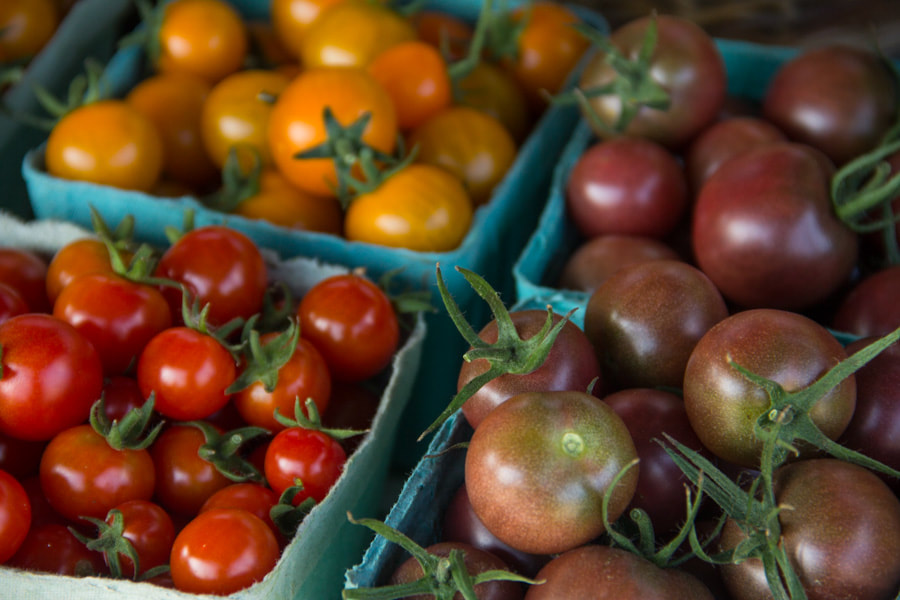
 RSS Feed
RSS Feed